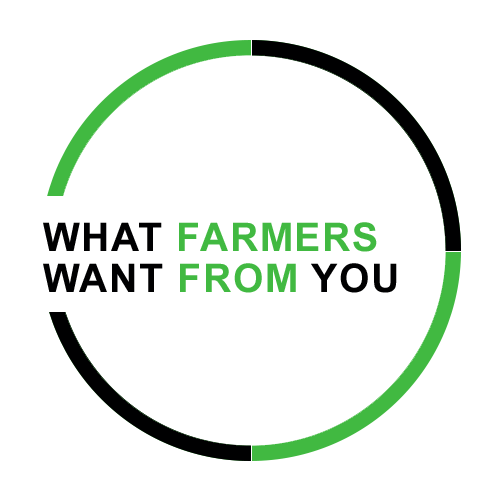 Uniformity and input savings have driven Nathan Lykins’ investment in precision technology. He started with just a yield monitor, built to boom shutoffs on their sprayer and now uses row clutches and hydraulic drives on their planter and variable rate fertilizer application.
Uniformity and input savings have driven Nathan Lykins’ investment in precision technology. He started with just a yield monitor, built to boom shutoffs on their sprayer and now uses row clutches and hydraulic drives on their planter and variable rate fertilizer application.
“We have a lot of waterways. The first year we had row clutches on the planter it saved us 17 bags of corn, those bags cost $300 a pop today,” he says. “This year, with varying populations according to soil type and using the row clutches, we saved about 12 bags of corn and four boxes of soybeans.”
That’s $3,600 in corn seed alone. A scale on his Kinze planter combined with his prescription map also saves money.
“I know how many pounds of seed I need for each field so I weigh out the exact amount of seed and don’t ever open an extra bag that isn’t needed,” he says. “There’s just a handful of seed left in the planter at most.”
Lykins uses an Ag Leader Integra monitor that travels from tractor to sprayer to combine to execute prescription application maps and gather more layers of data to create the next year’s maps.
“The AgLeader seems to bridge the gap from all the different machines, the software is user friendly and the tech support is really good,” Lykins says.
What Farmers Want From You is a series of farmer profiles that examine the scope of precision farming tools individual farmers are using on their operation, along with the frustrations that can occur with adopting new technology and how dealers can alleviate those "points of pain" for farm customers. For the latest additions to the series, visit our What Farmers Want From You feed.
It controls a Kinze planter and, most recently, variable rate nitrogen application with Lykins’ Case IH NPX toolbar.
“We want to achieve uniformity in the field, save money on inputs and be proactive in responsible nitrogen application,” he says. “The government is looking at nitrogen application. Some farmers over apply and the nitrogen ends up where it shouldn’t be. That’s going to lead to government mandates that aren’t based on individual field needs. We want to apply nitrogen where it’s needed and will be used by our crops. Hopefully being proactive will help hold off government regulation.”
Points of Pain: Lack of Education Throughout Dealership Staff
“When we installed the row clutches and hydraulic drives it seemed that I knew about as much about the technology as the service guy installing it,” Lykins says. “It made me feel uncomfortable, like if something went wrong that I wasn’t going to get any answers if I called in.”
While the technology staff has improved since the initial installation, Lykins still has concern about the mechanics and parts personnel.

Lykins uses an AgLeader monitor to gather data for prescription maps and to control variable rate nitrogen applications with a Case IH NPX toolbar. Precise applications are a proactive way for Lykins to help hold off government mandates of nitrogen application.
“If something has gone haywire in the monitor that is causing problems the mechanic can’t find, they have to call out the tech guy, and that costs me time,” he says. “The first day I had the planter I planted only 0.3 acres trying to get the bugs worked out and I didn’t have much help. Initially, in my area there were only two technology guys trying to service Indiana and Kentucky, it wasn’t nearly enough and the mechanics weren't educated enough on the technology to help.
Now, with all the bugs worked out, I can plant more than 180 acres per day.”
He suggests that technology education needs to extend throughout the dealership’s entire staff, including general mechanics and parts personnel.
“If I need a new part and it’s technology related I find the parts person often doesn’t really know what it is, has never seen one and doesn’t know what I’m talking about. There just needs to be more training all around,” Lykins says.




![[Technology Corner] Autonomy & Robotics Take Center Stage](https://www.precisionfarmingdealer.com/ext/resources/2026/01/12/Autonomy--Robotics-Take-Center-Stage.webp?height=290&t=1768253759&width=400)


